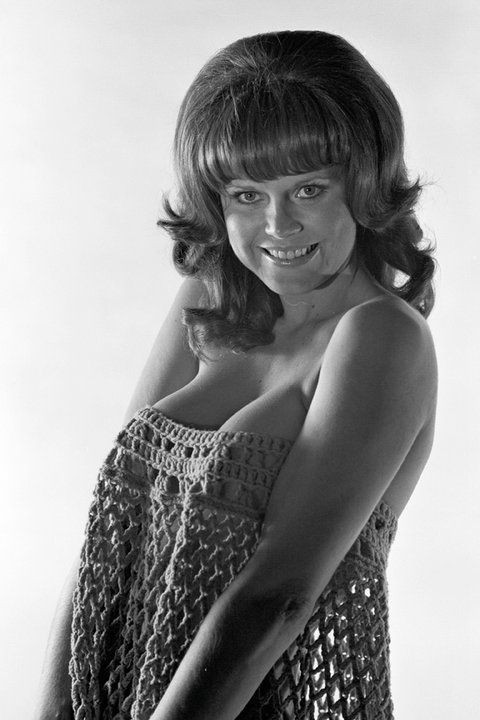
Barbara Roufs might not have been a celebrity in the traditional sense—no blockbuster films or chart-topping hits to her name—but during the vibrant, roaring era of 1970s drag racing, she was an icon. Not just a familiar face, but the kind of presence that left crowds speechless and photographers scrambling to capture every moment.
With her wind-tossed hair, electric confidence, and effortlessly cool style, Barbara wasn’t just another model—she was the scene. More than the fast cars or booming engines, she embodied the spirit of the sport: bold, free, and untamed. Though her spotlight was brief, her image would become a lasting symbol of a time when style and spirit collided on the asphalt.
The Rise of a Trackside Star
In the early ’70s, drag racing was more than a sport—it was a full-blown cultural phenomenon. Amid the roar of engines and sun-drenched racetracks, a different kind of star emerged: the trophy girl. And Barbara Roufs quickly rose to the top.
Tall, striking, and magnetic, she was the Southern California NHRA circuit’s trophy queen—part model, part ambassador, and full force of personality. In her signature bell-bottoms, halter tops, and platforms, she drew just as much attention as the high-powered vehicles beside her. But it wasn’t just her looks—it was her fire. Her attitude. The kind of presence that couldn’t be taught or faked.
A Look That Defined a Generation
Barbara’s style perfectly captured the soul of the 1970s. Her sun-kissed hair and carefree wardrobe weren’t costumes—they were a genuine reflection of who she was. She wasn’t trying to be anything; she just was—cool, captivating, completely herself.
She didn’t chase fame—it found her, standing on racetracks, soaked in sunshine and surrounded by speed. Her face became synonymous with vintage drag racing culture, appearing in ads, posters, and photo spreads that still circulate today. Even now, her image feels fresh, fierce, and timeless.
A Disappearance Wrapped in Mystery
Just as Barbara’s star was rising, she vanished from the public eye. By the mid-1970s, she was gone. No headlines. No public goodbye. Just silence.
For years, fans were left wondering what happened—until, decades later, pieces of her story began to surface. And what they revealed was heartbreaking.
A Painful Ending Behind the Glamour
In the early 1990s, long after her time in the spotlight, Barbara tragically died by suicide at the age of 47.
The news devastated those who had once admired her glowing energy and unforgettable presence. It was a sobering reminder that even those who appear luminous on the outside may be fighting private battles no one sees.
Her daughter later confirmed the story, offering a bittersweet closure and shedding light on the quiet pain Barbara carried. It also deepened the reverence for her memory—not just as a beauty icon, but as a woman of strength and vulnerability.
Why She Still Resonates Today
Barbara Roufs remains a powerful symbol—not just of physical beauty, but of feminine freedom, boldness, and the kind of authenticity that can’t be staged. In an era ruled by speed and spectacle, she held her ground and left an impression that still lingers decades later.
She may not have starred in films or released albums, but she captivated thousands with little more than a smile, a stance, and a sense of undeniable presence. In a world that often forgets its quieter icons, Barbara continues to inspire a new generation through rediscovered photos and nostalgic admiration.
A Legacy That Refuses to Fade
Though her time in the limelight was fleeting, Barbara Roufs left behind something far more enduring than fame: feeling. She reminded us that impact isn’t always measured in years or titles—it can live on through an image, a memory, or a spark that refuses to go out.
Barbara may be gone, but the spirit she embodied still races on—wild, beautiful, and unforgettable.
